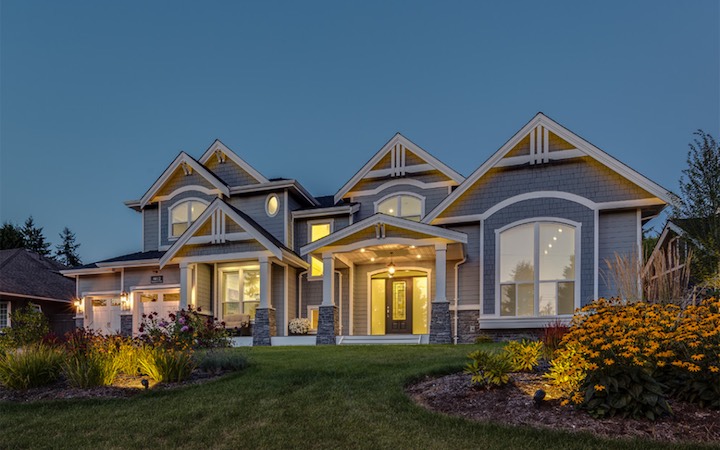“The bitterness of poor quality remains long after the sweetness of low price is forgotten.” Benjamin Franklin
Sadly, too many people are taking possession of their brand-new home only to find that it is far from the perfect home they were anticipating. From the obvious poor quality of finishing and poorly thought-out features to the concealed mould behind the walls and inferior mechanical equipment, many new homes do not meet their expectations of excellence. New homeowners are routinely disappointed by the quality of their finished home. Are their expectations too high?
Comparatively, when purchasing a new car, we expect flawless perfection. In fact, whether the car is from Detroit, Toronto or Vancouver, we expect all cars to be virtually identical in their high quality. As well, there is an expectation homes that have been built to our BC Building Code/Vancouver Building Code and have passed inspections will reflect the same flawless perfection that exists in a new car. Why not? Unfortunately, this is not the case with most new homes.
To most people, the Building code is a high standard but in reality, the Building Code is a minimum standard. There is a comical expression in the industry that declares, “Homes built to code are the lowest form of building that you can legally build in Canada before being thrown in jail!” As one would expect, a home built only to code should not instill much confidence. Which High School student proudly announces to their friends, “Yeah! I earned 51% on all my subjects?” Why is this acceptable for builders? Inferior builders view the code as a high standard to achieve while first-class builders view the code as a minimum standard that needs to be exceeded.
The building code establishes standards that protect us and make our homes safer. For example, smoke and carbon monoxide detectors must be installed in homes and the bedroom windows must meet egress requirements to allow safe passage in the event of a fire. This code will also specify standards that increase the longevity, durability and efficiency of the home. City inspectors will ensure that there are no building code violations during their frequent inspections.
During the building process, homes are also inspected by third party engineers retained by the builder or architect. For example, for permit applications, engineers will specify how roof loads are to be supported down to the foundation. In addition, beams are specified to transfer loads from above and the foundation is engineered for the loads placed on it. At inspection, the engineer will make sure all requirements have been followed and the structure of the home has not been compromised by the mechanical trades. For instance, inexperienced trades may cut through trusses, joists and drill through point loads sacrificing structural integrity. Engineers will inspect to make sure all structural members have not been compromised.
Admittedly, without this building code, our homes would be even worse than homes built today. Without this standard, unscrupulous and unethical builders would find even more areas to eliminate and the quality of our homes would be dismally low. Critically, the homeowner needs to be educated by the builder on the value of building above code in strategic areas. This approach will improve the homes health, durability, efficiency and attractiveness while respecting the budget.
All homes are not created equal. Be wise and hire a builder who is professional, honest, and competent – these builders will not be the lowest priced. A German proverb states, “The cheapest is always the most expensive.” Lowest price produces lowest quality. Your new home will only be as good as the builder; so choose wisely.



Recent Comments